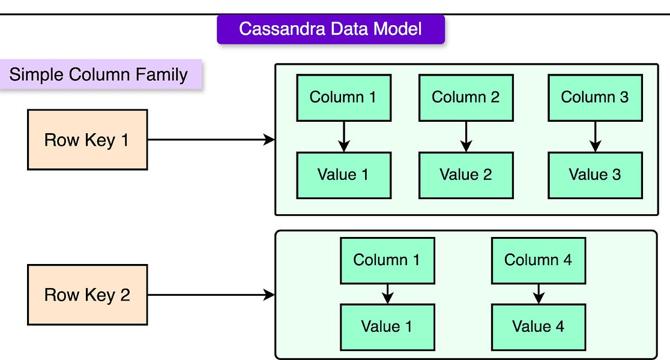Byte Byte Go
4w
412

Image Credit: Byte Byte Go
How Netflix Stores 140 Million Hours of Viewing Data Per Day
- Netflix stores 140 million hours of viewing data per day from millions of users, which includes viewing history, preferences, and interactions to enhance user experience.
- Initially, Netflix used Apache Cassandra® for its flexible structure, prioritizing availability and speed over strict consistency in handling data processing.
- Netflix structured viewing history efficiently in Cassandra® using horizontal partitioning for scalability, while evolving to address new challenges and optimize data retrieval.
- To improve data retrieval efficiency, Netflix introduced EVCache for caching, reducing load on Apache Cassandra® and utilizing storage and optimization strategies like chunking and compression.
- Netflix redesigned its storage model with Live Viewing History for recent data and Compressed Viewing History for older records, optimizing storage and access based on data usage patterns.
- Netflix categorized data into Full Title Plays, Video Previews, and Language Preferences, sharding by type and age, to enhance storage efficiency and query performance.
- The new architecture automates data movement, improves storage efficiency, caches data for faster access, and ensures a better streaming experience for users worldwide.
- By optimizing storage, data retrieval, and caching, Netflix scaled its storage system to meet increasing demands efficiently, reducing storage costs and improving user experience.
- Netflix's new storage architecture categorizes data types, shards data for performance, and introduces optimizations like caching and automated data movement to handle data overload efficiently.
- The evolution of Netflix's time-series data storage system involved categorizing data, sharding by type and age, and implementing various optimizations to enhance storage efficiency and retrieval speed.
- Netflix's storage innovations have enabled efficient scaling, cost reduction, faster data retrieval speeds, and an enhanced streaming experience for its millions of global users.
Read Full Article
21 Likes
For uninterrupted reading, download the app